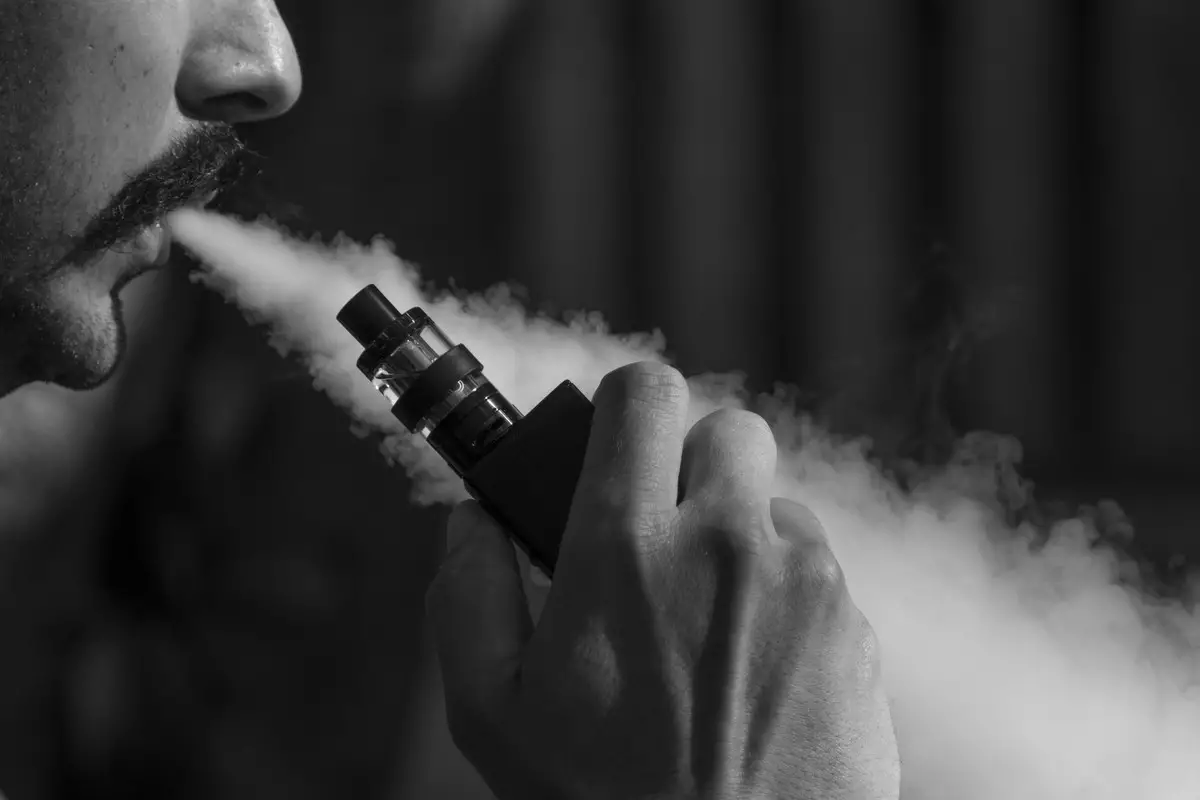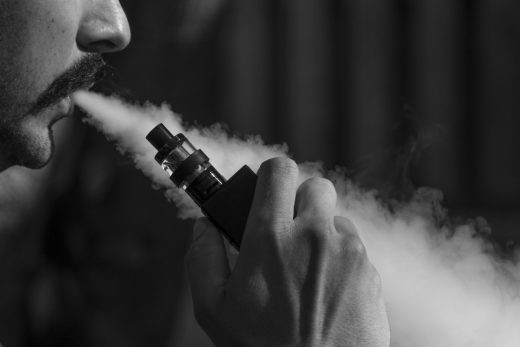Vaping in the UK vs. in the US Advice, Vape Tips, Benefits, Guide
Vaping in the UK vs. in the US
7 Sep 2020
If you’re a vaper in the United Kingdom, you’ve probably read vaping-related news from elsewhere in the world and have shaken your head in disbelief. If you’re not the type who reads about vaping online, though, this article is likely to be a real eye opener for you.
As it relates to vaping, there are several aspects of the law here in the UK that are extremely inconvenient and sometimes make little sense to consumers. Despite the inconvenient aspects of vaping relations in the UK and Europe, though, at least we can say that the vaping industry has a legal framework in which it can continue to thrive and grow. In some other nations, on the other hand, the future isn’t quite so assured.
Vaping in the UK vs. in the US: Which Nation Is More Vape Friendly?
Why should the legal status of vaping in the United States matter to you? It should matter because the US is, by far, the world’s biggest vaping market. Although there is a fine array of UK-made e-liquid on the market today, much of our e-juice still comes from producers in the United States. In addition, the trends in the American market often influence the types of equipment that the vaping hardware manufacturers in China build for worldwide distribution. In that sense, anything that happens within the US vaping market has a ripple effect throughout the rest of the world. Before you go any further you may want to know what are eliquids and where can I safely buy eliquids.
Let’s learn more about how vaping in the UK compares to vaping in the US.
Starting a New E-Liquid Brand
In terms of starting a new e-liquid brand, the difference between the UK and the US is that it’s actually possible to do so here without having an enormous budget at your disposal. The Gov.uk website lays out the requirements fairly clearly.
The two primary things that you need to do if you want to launch a vape juice brand here are conduct emissions tests of your products and submit a notification to the Medicines and Healthcare Products Regulatory Agency (MHRA) indicating your intent to sell those products. You can’t begin selling the products until the MHRA adds those products to its master list, which usually takes around six months.
The key difference between vaping in the UK vs. the US is that, here in the UK, there’s a legal separation between vaping products and tobacco products. Since the law defines the two product categories differently, it’s possible to regulate each industry in the way that makes the most sense.
In the United States, vaping products are legally the same as tobacco products. Both types of products are regulated according to the terms of the Family Smoking Prevention and Tobacco Control Act, which states that, after 2007, no new tobacco products can come out in the United States without first receiving approval and a marketing order from the federal government.
Of course, no vaping product currently on the market was available in 2007, but the United States government didn’t announce its regulations for the vaping industry until 2016. So, vape juice manufacturers have been given a deadline of September 2020, by which time they need to get their products into compliance or pull them from the market.
The estimated cost to bring an e-liquid range through compliance in the United States is in excess of $100,000 per product. At the time of writing, several vape juice brands have either applied for permission to continue selling their products or are planning to do so by September. No brand, however, has yet received approval. Until it becomes clear to potential investors what types of products will be approved – and how much it’ll cost to get those products through the approval process – it is unlikely that any new e-liquid brands will launch in the United States.
E-Liquid Regulations and What’s Available
In the United Kingdom and Europe, the Tobacco Products Directive (TPD) is the law that sets limitations on the specifications of the e-liquid and hardware products that vaping brands can legally sell. For vape juice, those limitations are that no e-liquid containing nicotine can come in a bottle larger than 10 ml or contain more than 20 mg/ml of nicotine.
While the limitations imposed by the TPD are inconvenient to vapers, they do minimize the addictive potential of e-cigarettes and help to prevent the possibility of accidental nicotine poisoning. The bottle size limitation has led to the creation of short-fill e-liquid, which ships in a large bottle but doesn’t contain nicotine. Consumers add the nicotine after buying short-fill e-liquid, thus enabling it to be on the market without violating the TPD.
In the United States, there are no legal regulations – aside from the need to gain federal approval – limiting the specifications of the e-liquid that brands can sell. E-liquid is available in very large bottles, and some popular vape juices are available in strengths as high as 59 mg/ml.
Hardware Regulations and What’s Available
The TPD also includes a provision regulating the capacities of vape tanks in the UK and Europe. While many people do buy and install larger glass enclosures, the TPD states that vape tanks can’t be larger than 2 ml. The limitation also applies to products like pod-based and disposable e-cigarettes, many of which are available in other markets with capacities greater than 2 ml.
With some vaping devices – such as vape tanks that lack replaceable glass enclosures – the tank size limit is a bit of an inconvenience to vapers who use sub-ohm equipment and might drain smaller tanks several times per day. As with the bottle size limitation for e-liquids, though, the limitation on tank sizes has been enacted to minimize the possibility of accidental nicotine ingestion and overdose.
In the United States, there are presently no laws limiting the capacities or capabilities of vaping devices or tanks. However, one important thing to keep in mind here is that the makers of all vaping devices, tanks, atomizers and coils must eventually obtain permission from the federal government to continue selling their products in the US. Until some of those products receive permission to remain on the market, it’ll be impossible to tell exactly what the government is looking for in those products.
Comments on this Vaping in the UK vs. in the US: Which Nation Is More Vape Friendly? advice article are welcome.
Building Articles
Vaping Articles
How to Get the Smell Out of Your Home After You Quit Smoking
Try a New Vape Pen: Pod Vaping System
Puff Bar Disposable Approach to Vaping Advice
The Culture of Smoking by Brigada
6 Best Vape Ideas for Beginners of 2020 Advice
Comments / photos for the Vaping in the UK vs. in the US: Which Nation Is More Vape Friendly? page welcome


